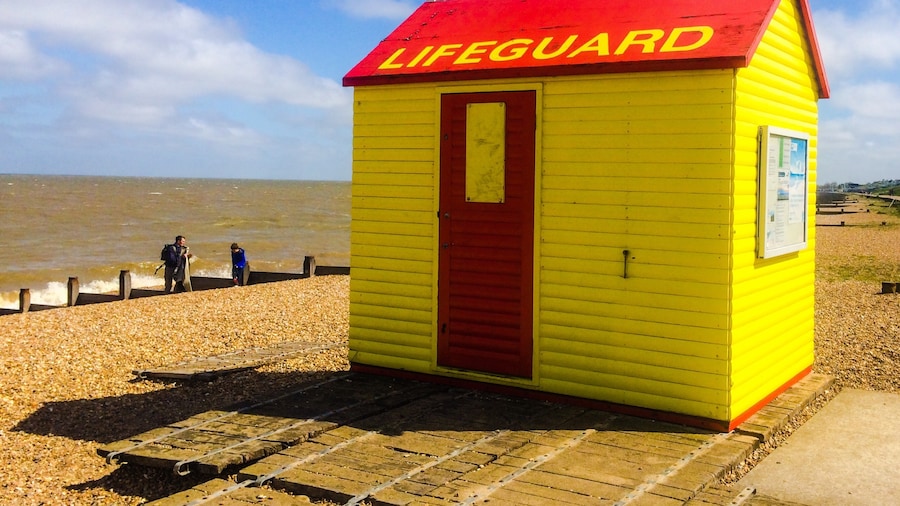Whitstable Harbour



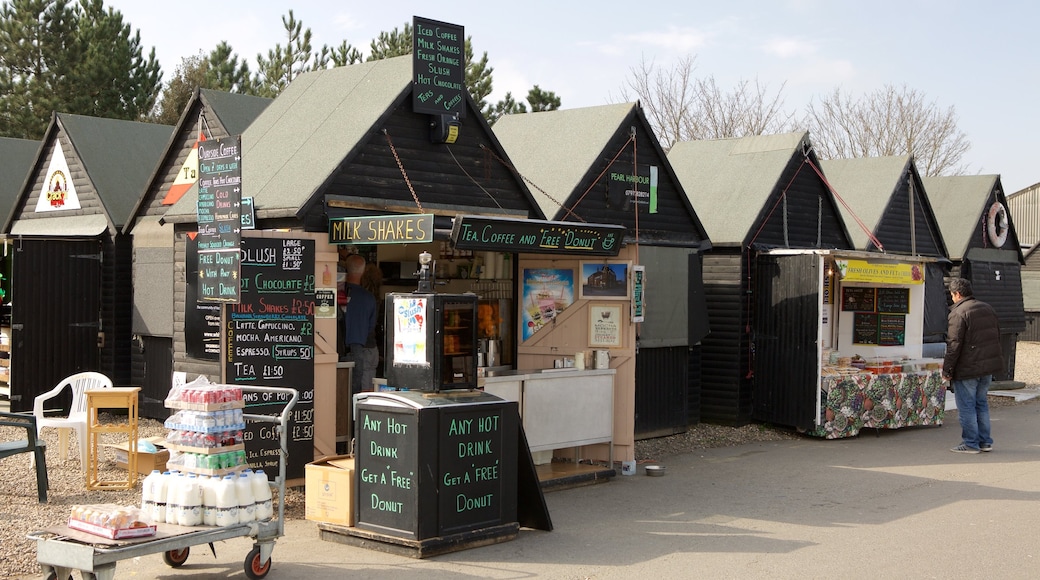
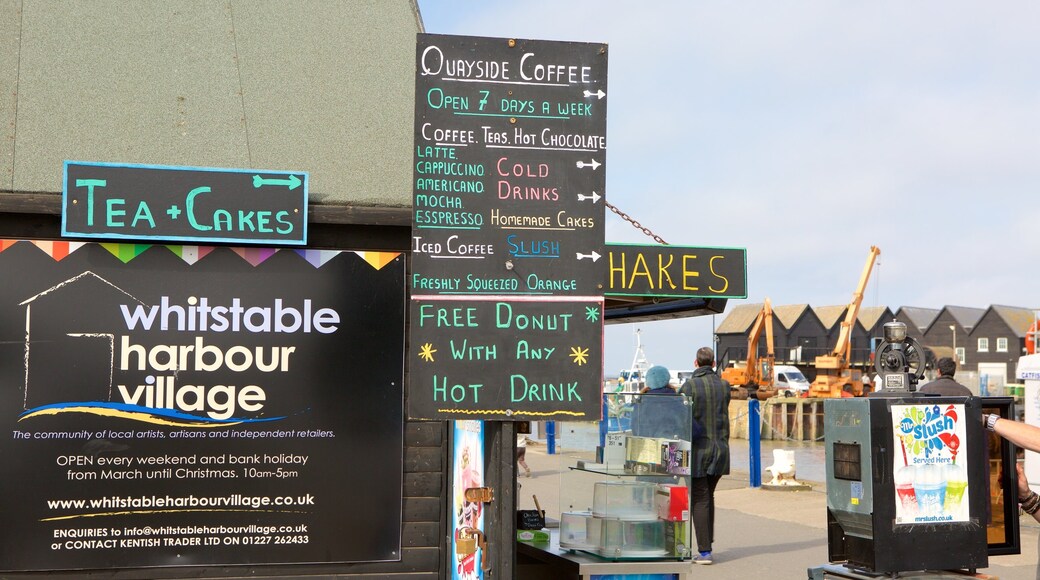
游览Whitstable Harbour
热门景点
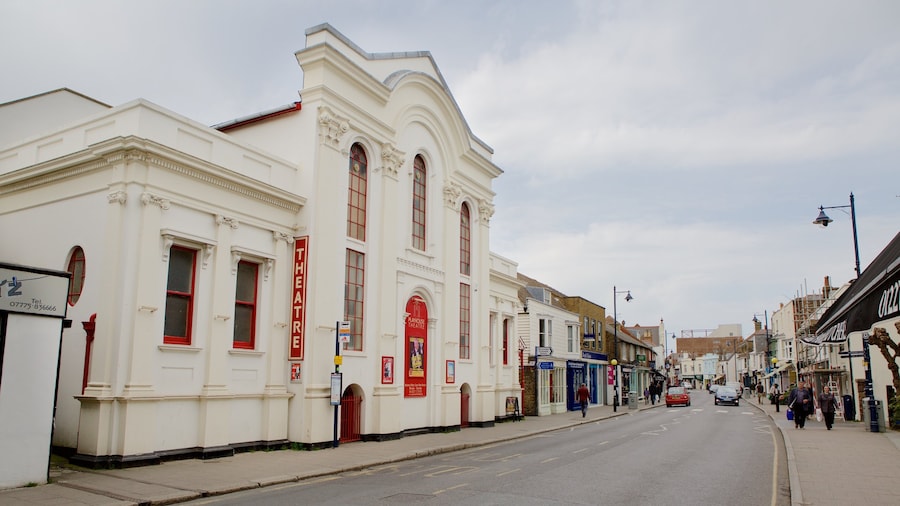
Playhouse Theatre Whitstable (惠特斯特布尔剧场)
惠特斯特布尔之旅期间,您可以前往Playhouse Theatre Whitstable (惠特斯特布尔剧场)买票观看一场表演。 游览当地宏伟的大教堂或逛逛海滨及周边。
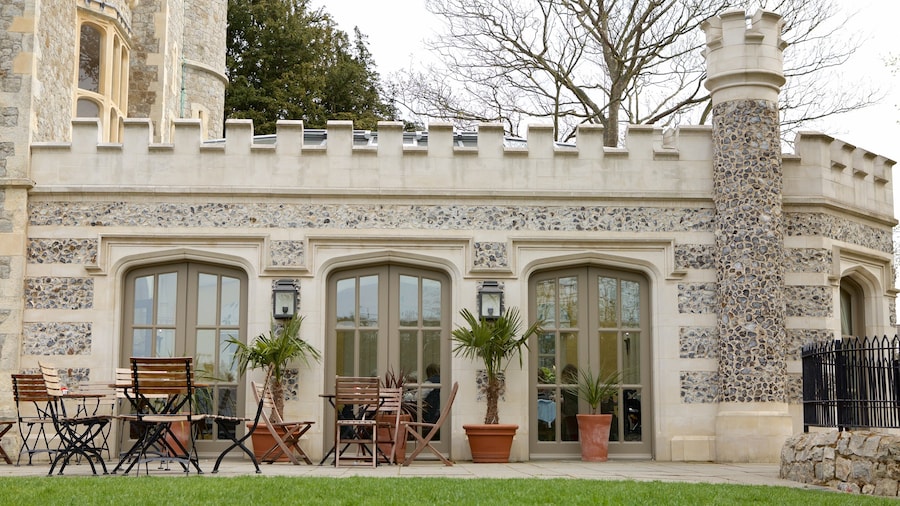
Whitstable Castle and Gardens (惠特斯特布尔城堡和花园)
Whitstable Castle and Gardens (惠特斯特布尔城堡和花园)只是惠特斯特布尔的众多景点之一,何不体验一下其他精彩活动?游览当地宏伟的大教堂或逛逛海滨及周边。
热门酒店优惠

The Cook's Cottage: a coastal oasis w/outdoor kitchen, garden & cinema nr beach
Whitstable, England

Beautiful 4 bedroom cottage near the beach in Whitstable
Whitstable, England

Corner Pin Cottage, stunning house..right in the heart of Whitstable
Whitstable, England

Victoria Cottage is a 2 bedroom cottage with garden and private parking close to town
Whitstable, Kent

Shell Cottage is a 2 bedroom house with a beach effect garden and is close to town
Whitstable, England
基于过去 24 小时内找到的、2 位成人 1 晚住宿的每晚最低价格。价格和供应情况可能会有所变动。可能需遵守其他条款。
Expedia 带您探索世界
Expedia 带您探索世界
- Corner Pin Cottage, stunning house..right in the heart of Whitstable
- Victoria Cottage is a 2 bedroom cottage with garden and private parking close to town
- Shell Cottage is a 2 bedroom house with a beach effect garden and is close to town
- Stylish seaside getaway, sleeps 6 in Whitstable
- 乳品厂 - 惠特斯特布尔海滨情侣度假屋
- A lovely three bedroom home in the heart of Whitstable.
- York House is a 3 bedroom house with private parking for 2 cars close to town and the beach
- Fig Tree Cottage is a cosy two bedroom house, located in the vibrant seaside town of Whitstable.



